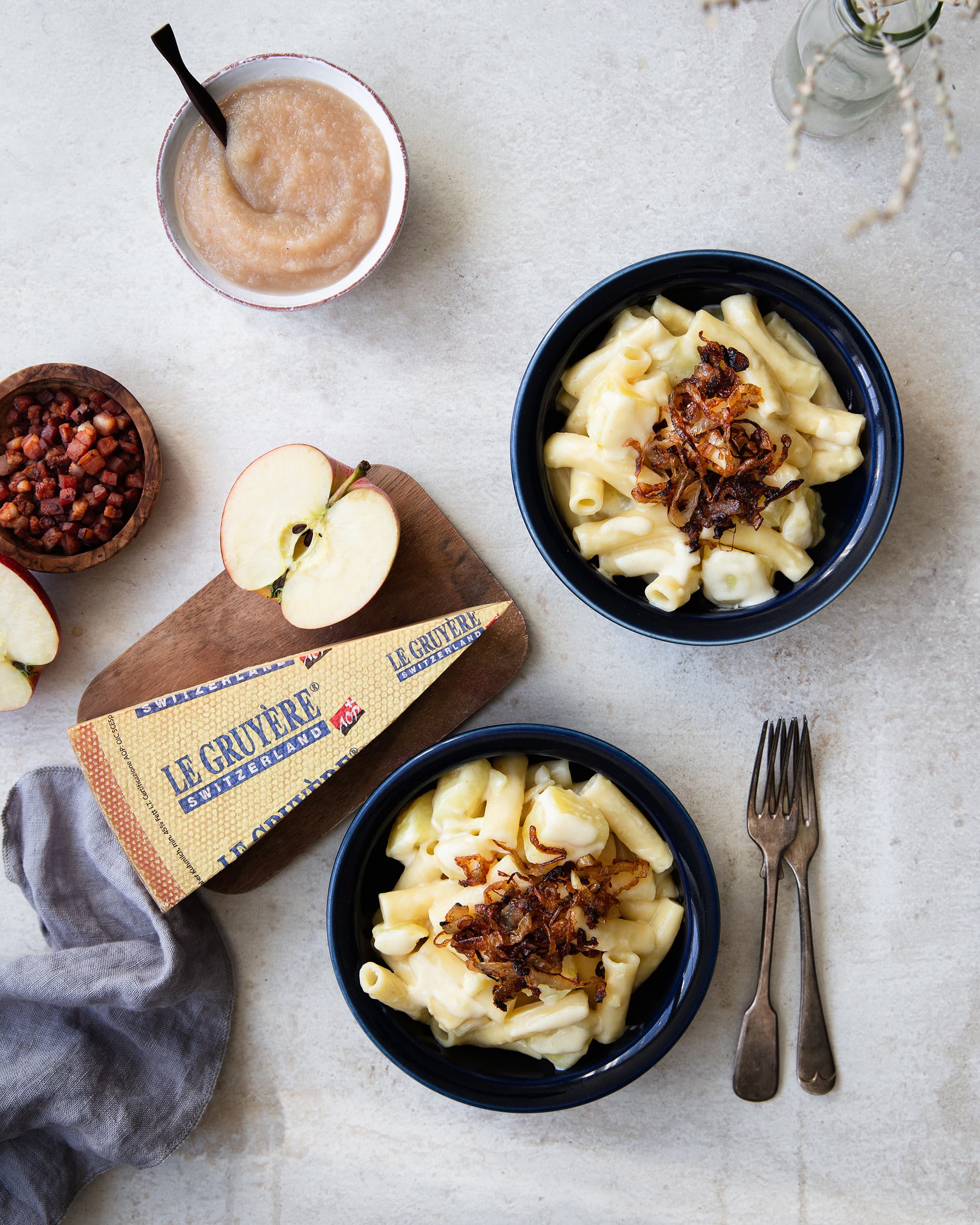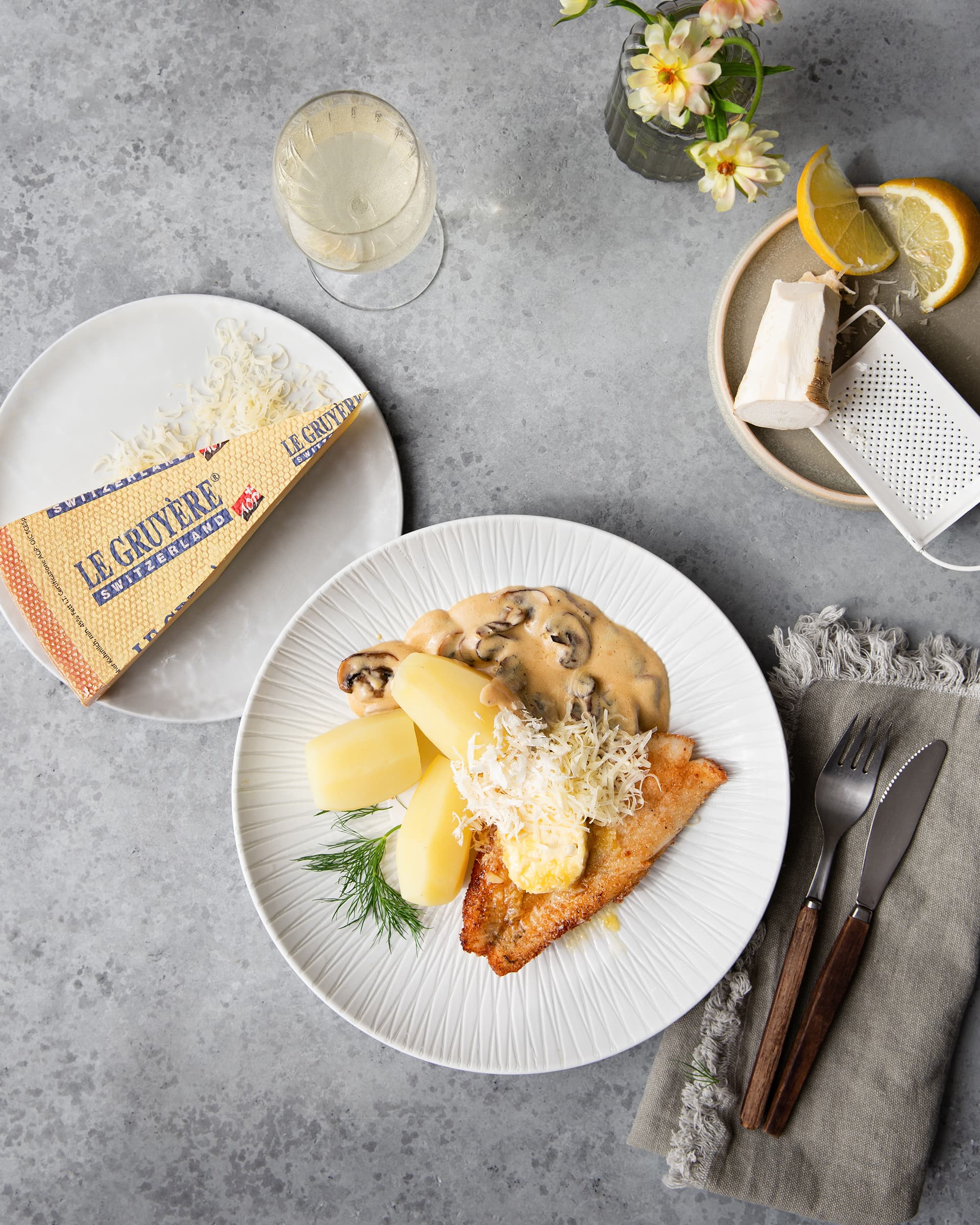
Smörrebröd (Danish sandwich) is the unofficial national dish of Denmark. A buttered slice of bread is laid with so many fillings that it is almost impossible to discern the bread from underneath. Even though the fillings are abundant, smörrebröd is also a feast for the eyes. The open sandwich is a popular lunchtime meal.
In the 1200s, winters were particularly cold in Denmark and people had to find ways to store different kinds of foods for them to last until spring. Herring was relatively rare outside Denmark and Sweden, and could only be fished during certain times of the year. Both fish and meat were smoked and dried to enhance stability. Bread was often sourdough bread that kept stable longer than white bread. These are also the ingredients that were used in the first smörrebröds. The story has it that smörrebröds were born from lunch sandwiches. Farmers who were doing manual labour used to compile their sandwiches to maximise their energy content. They often introduced the previous day’s leftovers in the sandwich they had for lunch.
Soon the sandwich ended up in Denmark’s capital, Copenhagen, where it became a staple food from gastropubs to fast food restaurants. Oskar Davidsen is called the father of smörrebröd. He was a wine merchant from Copenhagen who started to serve sandwiches to his customers at the late 1800s – and a hit was born. Smörrebröds ended up being more popular than the wine he sold. In 1888, he opened a smörrebröd shop in Nørrebro. There were 177 different sandwiches on the menu.
One person can eat 2 to 3 smörrebröds during a basic meal but sky is the limit on festive occasions. Smörrebröd etiquette dictates that sandwiches containing herring or fish are served first. After them, vegetable and meat sandwiches follow from the lightest to the heaviest. Cheese sandwiches and dessert, if applicable, are enjoyed at the end of the meal.
Some of the fillings used for Danish sandwiches are so established they have been given their own names:
Sol over Gudhjem, i.e., Sun over Gudhjem (rye bread, smoked herring, chives or yellow onions, raw egg yolk)
Dyrlægens natmad, i.e., Vet’s night snack (rye bread, liver pâté, salted corn beef, meat jelly and onion rings)
Stjerneskud, i.e., Shooting star (wheat bread, lettuce, tomato slices, breaded plaice, steamed plaice, served with shrimp and mayonnaise, caviar and a slice of lemon)
Pariserbøf, i.e., Paris steak (rye bread, minced meat steak, onions, a fried egg and canned beetroots)
HC Andersen, i.e., liver pâté sandwich (rye bread, warm liver pâté, bacon, meat jelly, tomato slices, horseradish, parsley)
Rostbiff, i.e., roast beef sandwich (rye bread, roast beef slices, rémoulade, some horseradish and roasted onions)
Ribbensteg, i.e., roast pork sandwich (rye bread, roast pork, sour red cabbage, a slice of orange)
Tartarmad, i.e., tartar sandwich (rye bread, tartar steak, raw onions, grated horseradish, raw egg yolk)
Laks, i.e., salmon sandwich (white bread, gravlax, shrimp, slice of lemon, dill).
























